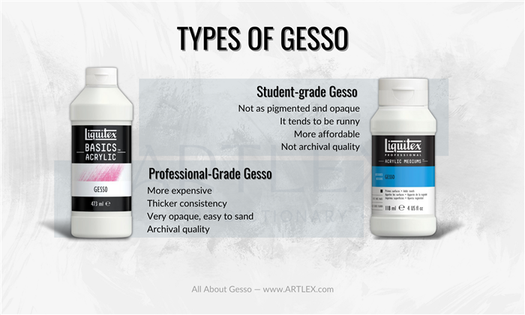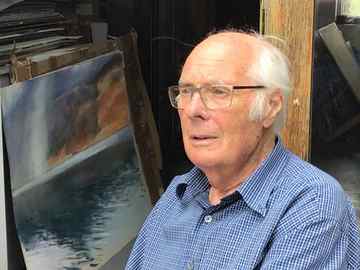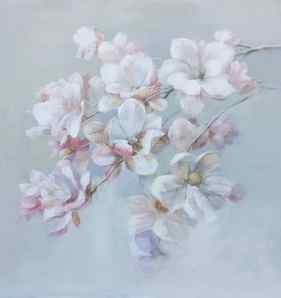To take your creative writing to another level, consider taking it off the page. For example, to turn your koala diary into a play, you need to think about the following:
Keeping Creative at Home: How to research & make your own art project
Whether you’re a teacher, a parent, or both, we hope our Keeping Creative at Home blog series will help you and your children through this tricky period of adjustment.
We’re aware there’s currently a lot of pressure on parents in particular around home education. So, first and foremost, all of the activities in this series are designed to be fun, creative experiences for your children – and hopefully for you, too! – but there is also potential for learning in all of them.
Most activities will be suitable for children and adults of any age and can be scaled up or down accordingly. Many will also suit, or can be adapted to, children with special educational needs.
When we say ‘art’, we mean any form of artistic expression, whether that’s drawing, painting, making, or creative writing; theatre, dance, or game-making.
All artists begin with inspiration and conduct research of various kinds, whether through objects, places, events, ideas, or even other works of art. Try letting your creative instincts lead you in a direction that is interesting and exciting for you… because that’s how artists work!
1. Become a creative researcher
Most art projects start with a topic you are interested in or a question you want to answer. Here are some ways to get started:
- Write a list of things that you like or that you are interested in and choose one to research. Some possible subjects could be: a sport, an animal, a famous visual artist, or a famous writer
- Ask yourself questions about your chosen inspiration and then research the answers using the internet or books at home. For example:
When was tennis invented?
How long do koalas sleep for?
If you can’t think of anything that you want to research, go for a hunt around your home. Take time to stop and look at objects for longer than usual and ask yourself questions about what you can see. What are the flowers in the garden called? How does the kettle work?
When you find yourself asking lots of questions about a particular object, you’ve found your starting point!
Want further inspiration on how to find a topic?
- Keeping Creative at Home: Rediscover your home as a creative space
2. Make a fact file
Once you have done some research on your chosen inspiration, go a bit deeper and begin to build a more detailed picture.
- What words or ideas do you associate with your artistic topic? Dig through magazines and newspapers for words and images that might relate to your artistic topic. Use or even make an envelope to hold these for future artistic inspiration
- If your artistic subject is an object – say, your toy koala bear – do a photo shoot with it. Explore different angles by taking close-ups, shots from above or below and use unusual crops, perhaps highlighting a koala paw
- For some topics (e.g. tennis), consider drawing a picture, doing a painting or using images and words to create a collage. How does this change how you ‘see’ your topic?
Want further inspiration on how to present your fact file?
- Tate Kids
- Natural History Museum
- Tate Year 3: Frame it
7 Must-Have Supplies for Mixed Media Art Projects
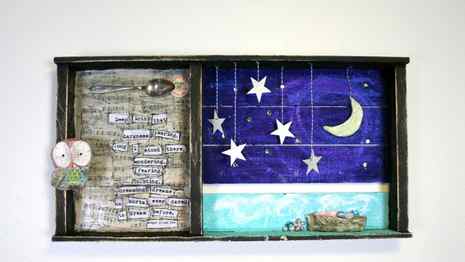
Mixed media art projects are a delight to create and a treasure to enjoy. To help you get started on your next project, we assembled a mixed media supplies list.
Need more than a supplies list? Introduction to Mixed Media with Stephenie Hamen will take the mystery out of mixed media and teach you how to start making art.
7 Must-Have Supplies for Mixed Media Projects
1. Vintage books, papers, etc… I love using vintage papers to create my base because they add character to the piece in a way that nothing else can. You can find great vintage paper on Etsy. And if you don’t feel comfortable cutting up old books you can also make copies of the pages you love for your art projects.
2. Decoupage. I have tried several different types of decoupage to create my base layer with, but this dries the fastest and is the least tacky of the types I have tried. It holds up well to all of the other elements I put it through. A good decoupage is key when creating a base using papers.
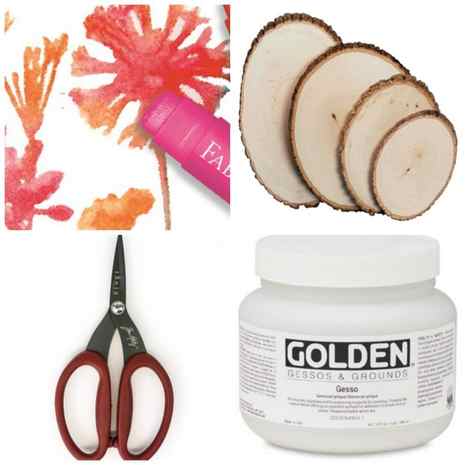
3. Scissors. I use scissors for so much when I am creating that having a good, non-stick pair that cuts well and holds up to everything I put them through is crucial! In my mind, as an artist, you can never have too many pairs of scissors!
4. Acrylic Paint. I am a huge fan of using acrylic paints. They hold up well to water and other media, layer beautifully, and dry quickly. The colors are vibrant, but also mix well together to create new colors, too.
5. Basswood. When I do mixed media it is either on canvas or on wood. These wood blanks are solid and wonderful to work with and create a beautiful base for a great end project. I just love the rustic look that they give and the flat surface is perfect for creating on.
6. Gelatos. I consider these my go-to coloring tools. I use them in mixed media, to color in my doodles, and to create backgrounds with. They work fabulous on all different types of surfaces and the colors are vibrant and true.
7. Gessos. Gesso is the base and the prep for the surface. I use white gesso to create texture and an opaque surface on pieces that start with decorative papers. Clear gesso is perfect to seal in parts of the project when you want to draw or doodle over the top.
Ready to go shopping for your mixed media supplies? Get the printable version of this list (along with some helpful links and bonus suggestions!) by clicking on the blue download button.
How to make an art portfolio in 5 simple steps
Now let’s break down the process of making an art portfolio in 5 simple steps.
Step #1: Make a list of the art portfolio requirements for all schools you want to apply to
Make sure you know precisely what the art portfolio requirements are and make sure you know how to satisfy them.
Step #2: Get inspiration from recent art portfolio examples
Ask your tutor if they can show you some examples of successful art portfolios. You can also visit the main digital art portfolio portals and have a good browse through the top portfolios they host:
Step #3: Organise your work examples effectively
Make sure the display of your work follows an evolution or that you prioritise the work you are closest to and that you want to highlight.
Step #4: Make sure all your work is properly labelled
Each piece of work must be labelled clearly with a name (even if the name is Untitled!), a date, the materials used and possibly a short paragraph about the influences, origin and process that got you to the final version. Use small, clear writing to label work in a way that doesn’t detract from the artwork.
It’s also important to proof for spelling errors and inaccuracies, and to make sure any digital links work.
Step #5: Revisit and improve your portfolio
Make sure your portfolio is always current, even if it includes work from a few years earlier. You need to make sure the older work fits into the overall presentation of the portfolio, so for example, keep the label and introduction copy updated.
Frequently Asked Questions (FAQs)
Q1. What size should an art portfolio be?
The size of a portfolio will depend on the breadth of your work and the audience you are addressing. The fuller a portfolio and the more pieces of art within it, though, the better as – even if you are applying for a degree in animation for example – it will be useful to showcase your work on media that might not be directly related to that.
Q2. How do I create an online art portfolio for free?
There are lots of online platforms which specialise in creating artist portfolio websites. Most of them provide good free plans and double up as talent recruitment platforms. Behance is the most popular one, followed by Dribbble. Coroflot and Cargo are excellent platforms too.
Q3. What should be included in an art portfolio?
An art portfolio should include as many examples as possible of work you are happy with, and ideally different forms of art. You should as much as possible show the research and influences and the thought process behind the final work, so sketches, studies, photos, some textual explanation.
Next Steps
At the Kings School of Art + Design we offer a range of courses that will give you an opportunity to experiment with a wide range of art specialisms and techniques to understand what specific path your art education will take. We will also support you extensively in creating an art portfolio to apply for places at the best Art Schools in the UK.
Find out more about the Kings School of Art + Design programmes:
- UAL Foundation Diploma in Art and Design
- Art & Design Foundation
- A-level Art & Design
- Fast-track Art and Design Pathway
If you would like more detailed information about the Kings and our programmes, please get in touch with us at [email protected].
